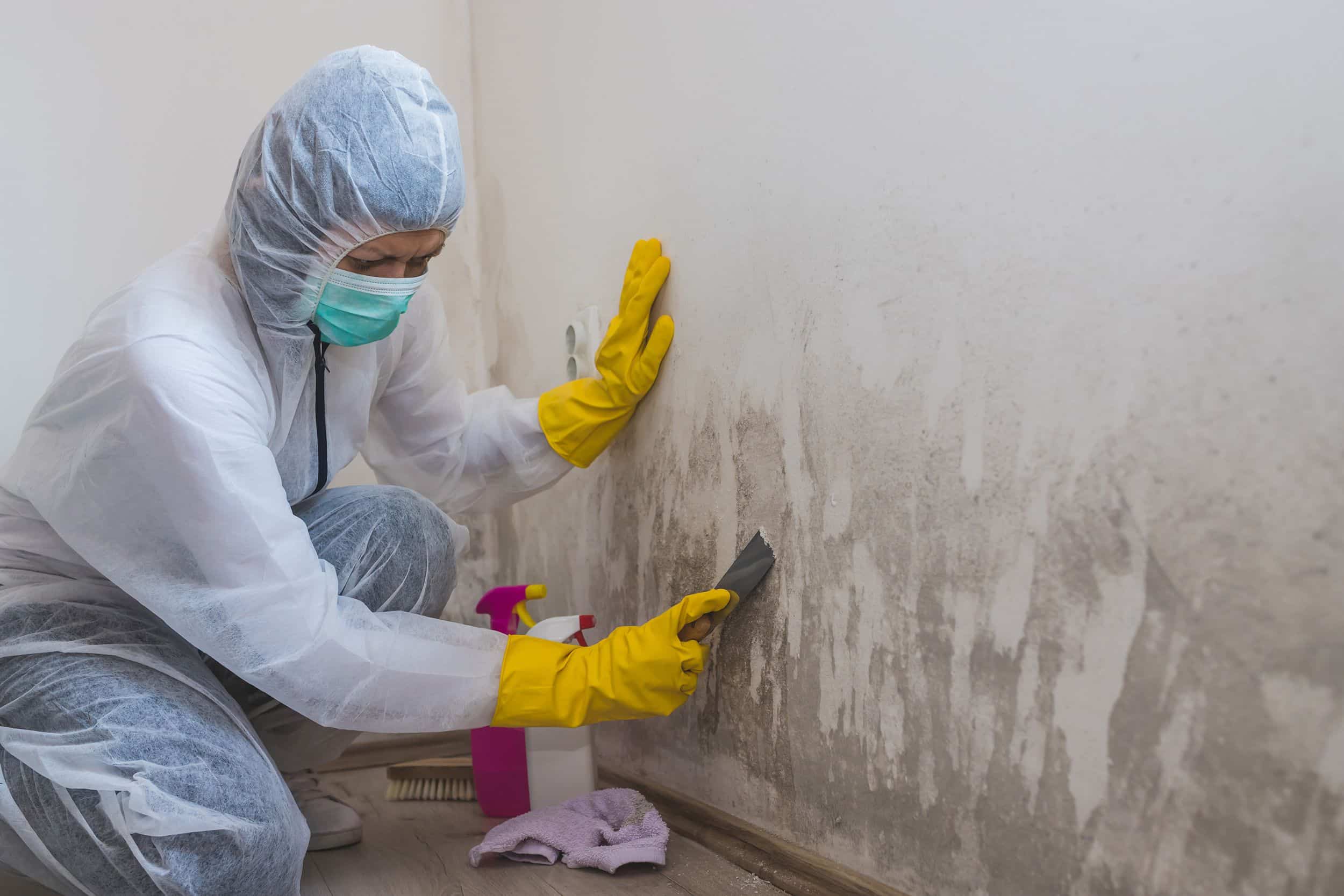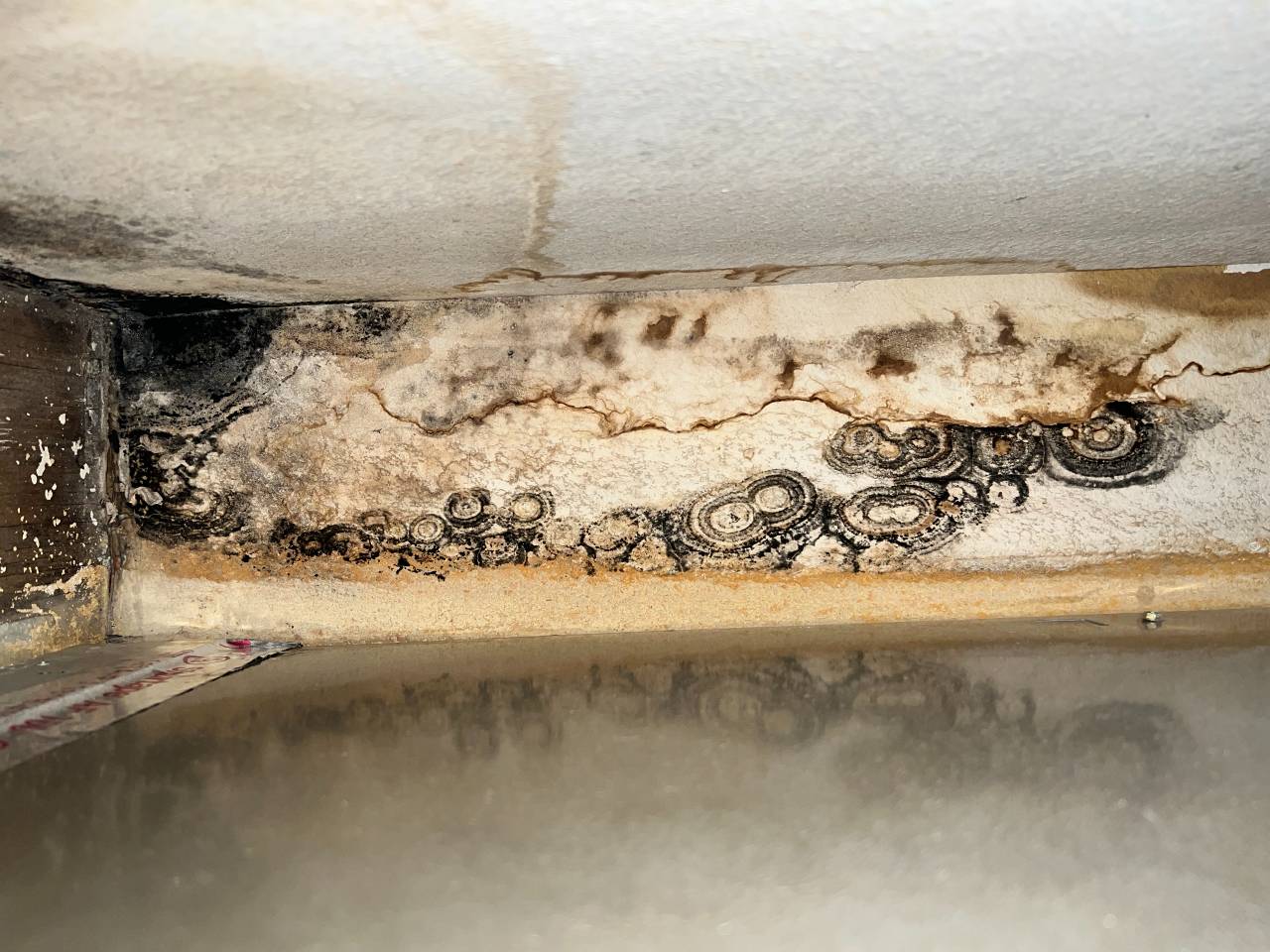Your Ultimate Overview to Article Mold Remediation Strategies
Browsing the world of post-mold remediation techniques is a thorough procedure that demands attention to information and a thorough understanding of the ins and outs included. In the aftermath of mold and mildew invasion, understanding just how to successfully eliminate the mold and prevent its reoccurrence is extremely important for preserving a healthy indoor setting. From picking the best cleansing and sanitizing approaches to implementing methods for long-term mold avoidance, each step in the remediation trip plays an important duty in ensuring an effective outcome. As we embark on this expedition of post-mold remediation techniques, we will discover the vital strategies and best techniques that can help you restore your area to its pre-mold problem and secure it versus future mold risks.
Comprehending Post-Mold Removal Process
After completing the mold and mildew remediation procedure, it is vital to recognize the post-mold remediation strategies that are necessary to guarantee a thorough and effective cleanup. As soon as the mold and mildew has actually been gotten rid of, the following step includes cleansing and sanitizing the affected locations to protect against any type of regrowth of mold. This includes using specialized cleansing representatives to wipe down surface areas and kill any remaining mold spores. It is necessary to dry out the area entirely to prevent the development of mold in the future (Post Remediation verification). Correct ventilation and dehumidification can help in this procedure.
Additionally, conducting a final inspection post-remediation is vital to make certain that all mold and mildew has actually been successfully eliminated. If the evaluation discloses any type of sticking around mold and mildew, added remediation might be essential.
Effective Cleaning Up and Sanitizing Approaches

Preventing Future Mold And Mildew Development

Significance of Appropriate Air Flow
Correct air flow plays an essential duty in stopping dampness build-up, an essential consider mold growth within interior settings. Effective air flow systems help eliminate excess moisture from the air, reducing the possibilities of mold spores locating the dampness they require to spread out and germinate. Without appropriate air flow, interior rooms can end up being a breeding place for mold, causing prospective wellness risks and structural damages.
By making Post Mold Remediation sure correct air blood circulation, ventilation systems can likewise help in drying moist areas more promptly after water damages or flooding occurrences, additionally deterring mold and mildew development. After mold remediation. Precede like shower rooms, attics, cellars, and kitchens where wetness levels often tend to be higher, setting up and maintaining effective air flow systems is crucial in preventing mold and mildew infestations

Tracking and Maintenance Tips
Given the essential function that appropriate air flow plays in avoiding mold growth, it is necessary to develop reliable surveillance and upkeep ideas to ensure the continued functionality of air flow systems. Regular assessments of ventilation systems must be performed to check for any kind of indicators of blockages, leakages, or breakdowns that can hamper correct air flow. Tracking moisture levels within the residential or commercial property is additionally crucial, as high humidity can contribute to mold and mildew growth. Installing a hygrometer can assist track humidity levels and alert homeowners to any spikes that might need interest. In addition, ensuring that air filters are consistently cleansed or replaced is vital for keeping the effectiveness of the air flow system. Applying a routine for regular upkeep jobs, such as duct cleaning and a/c system inspections, can aid avoid issues before they escalate. By staying alert and proactive to the problem of air flow systems, building proprietors can effectively reduce the danger of mold regrowth and maintain a healthy and balanced interior environment.
Verdict
To conclude, post-mold removal strategies are crucial for making certain a tidy and risk-free environment. Comprehending the procedure, applying effective cleaning and sanitizing methods, preventing future mold and mildew growth, keeping appropriate air flow, and regular tracking are all vital steps in the removal process. By complying with these guidelines, you can effectively get rid of mold and stop its return, promoting a healthy and balanced living or functioning space for all occupants.
In the results of mold and mildew infestation, recognizing exactly how to efficiently eradicate the mold and mildew and avoid its reoccurrence is vital for preserving a healthy interior atmosphere. When the mold has been gotten rid of, the next step involves cleansing and sanitizing the influenced areas to prevent any type of regrowth of mold - Post remediation mold testing near me. After getting rid of visible mold development, it is important to clean all surface areas in the affected location to get rid of any type of staying mold spores. To even more boost mold and mildew avoidance procedures, it is essential to attend to underlying problems that originally led to mold advancement.Provided the important duty that proper ventilation plays in stopping mold and mildew development, it is essential to establish efficient tracking and upkeep pointers to ensure the continued performance of air flow systems